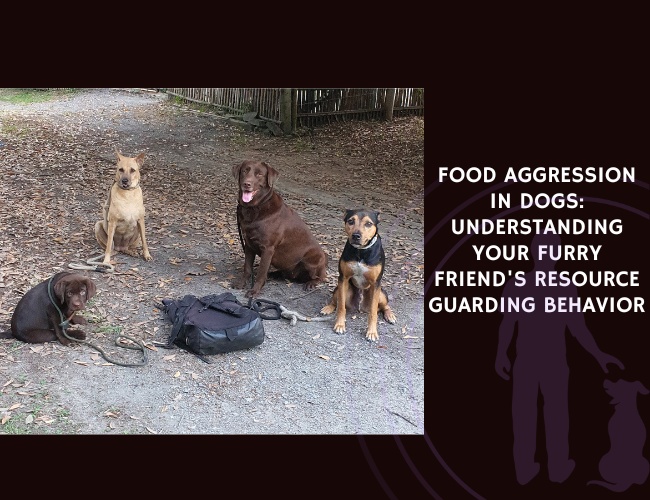In a 2019 study published in Animals, researchers Lauren E. Thielke and Monique Udell investigated the nature of human–dog attachment bonds in foster and shelter settings. While most prior research has focused on pet dogs and their owners, this study expanded the scope by examining 21 foster dog–volunteer pairs and 31 shelter dog–volunteer pairs using a secure base test and a paired attachment test.
Results showed that shelter dogs were significantly less likely to form secure attachments compared to pet dogs described in previous literature. Although foster dogs had a higher proportion of secure attachments than shelter dogs, there was no statistically significant difference between the two groups in this study. However, both groups showed evidence of “disinhibited attachment”—a pattern also seen in institutionalized children—marked by overly friendly behavior toward strangers and a lack of preferential proximity seeking with familiar caregivers.
Attachment assessments revealed that dogs spent more time near humans who actively engaged them, reinforcing previous findings that human responsiveness plays a key role in attachment development. Volunteers also completed the Lexington Attachment to Pets Scale (LAPS) to assess their emotional closeness to the dogs, although human-reported attachment did not always match observed dog behavior.
This is the first study to apply formal attachment theory protocols in shelter and foster settings. Its findings suggest that consistent, responsive caregiving may help dogs develop more secure emotional bonds, which could improve behavior, welfare, and adoptability in institutional environments.
Source: Lauren E. Thielke and Monique Udell, Animals, Volume 10, December 30, 2019.










